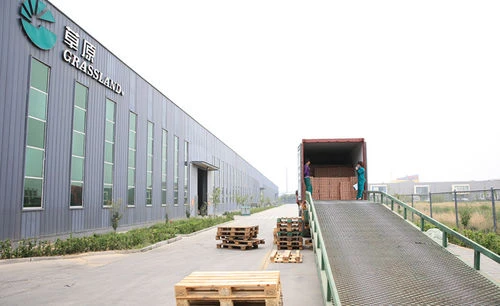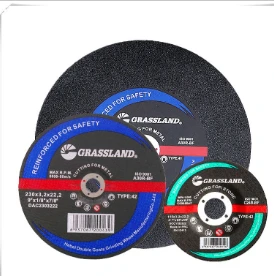

Noise reduction technology has become another area of focus within cutting disc design. Certain discs are now manufactured with special slots that absorb vibration and reduce noise production, crucial for maintaining a safer and more comfortable working environment. This feature is of special interest in urban or closed-area projects where noise constraints can pose additional challenges. To achieve the highest levels of expertise, workshops and industrial users are encouraged to integrate a robust maintenance program. Regular inspection of cutting discs for wear and tear, coupled with proper storage in a cool, dry environment, will prevent unnecessary downtime and safety hazards. Emphasizing training in proper operational techniques not only increases efficiency but also builds trustworthiness and authority in handling potentially dangerous tools. In addition, environmental and safety standards continue to govern the production and use of cutting discs. Adjustments in disc manufacturing processes to adopt greener practices—such as the reduction in VOC emissions and the recycling of disc waste—align well with global sustainability goals and enhance consumer trust. Consultation with suppliers known for their technical expertise can provide invaluable insights into selecting the right product. Suppliers who can offer tailored advice based on specific project requirements not only deliver superior customer service but also reinforce their authority and credible stance in the marketplace. In conclusion, selecting the right cutting disc for steel encompasses more than just the physical product attributes; it involves a comprehensive approach that includes understanding the properties of steel, technological advancements, safety protocols, and environmental considerations. A holistic appreciation for these factors can significantly enhance operational success, efficiency, and the overall quality of workmanship in any steel-cutting endeavor.
Post time:Jan - 25 - 2025

















